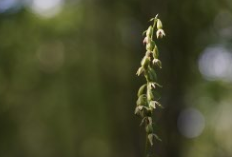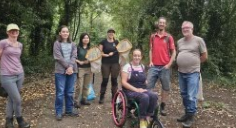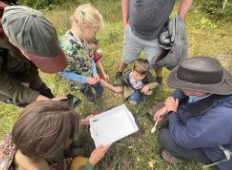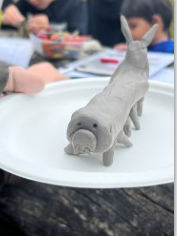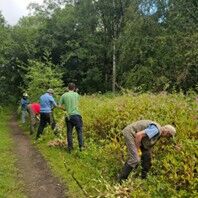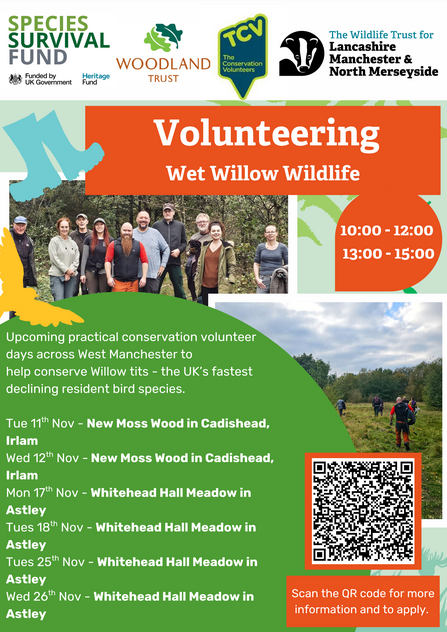
Lunar hornet moth found by pheromone lures Credit Jessica Fung
This summer, our conservation work in wet woodlands has been buzzing with discovery, and we’re excited to share the joy of connecting with nature! Our moth survey volunteer teams kicked off the season using pheromone lures to attract elusive species, including the striking lunar hornet moth, whose wasp-like yellow and black markings make it instantly unforgettable. This remarkable moth is a key indicator of healthy wet woodland habitats, with larvae that feed on willow and occasionally poplar in damp areas.


